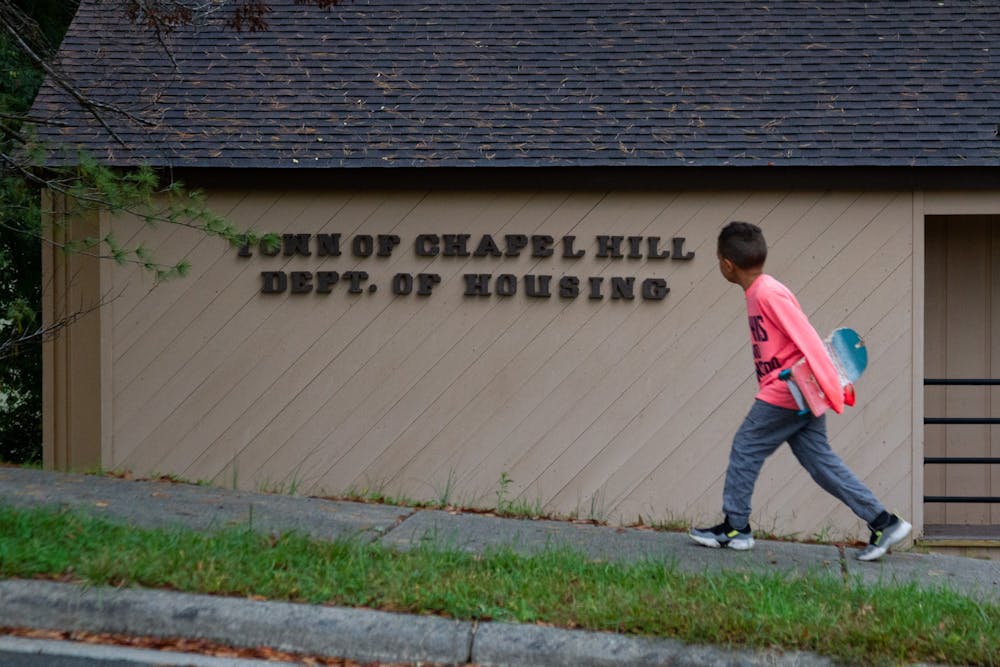When you are a student deciding on where to live next year, the choices can feel binary. You either cough up a hefty check to live in a ‘luxury apartment’ or you pay a more reasonable price to live in a house, which is often further from campus.
Chapel Hill lacks a solid middle housing option for students, and it is hurting the rest of the town as a result. We are in need of something that offers density, affordability and accessibility.
This phenomenon is known as Missing Middle Housing, and it is common in cities across the United States. It means a town, like Chapel Hill, lacks enough diverse housing options to support local retail and public transit. Strong middle housing options include duplexes, cottages or courtyard buildings — housing options between single-family detached homes and high-rise apartment buildings.
Filling in the middle is how Chapel Hill can become more connected and walkable for all residents.
Luckily, there may be a state legislative solution on the way, and it’s even co-sponsored by Chapel Hill’s own state senator, Valerie Foushee. Senate Bill 349, titled "Increase Housing Opportunities,” aims to create middle-income housing throughout the state and has gotten bipartisan support among legislators from urban and rural districts.
The exciting piece of SB 349 is the deregulation and potential for growth of fourplexes — multi-family homes with four separate apartment units — and Accessory Dwelling Units, also known as granny flats. The support for middle housing in this bill is also a progressive move toward connectivity and walkability because there are no parking requirements or conditional use permits needed.
Middle housing legislation of similar scale and scope was passed in California in 2017, and housing development has skyrocketed throughout the state. Homeowners built over 12,000 ADUs in 2019 alone, and that number is expected to keep growing. That figure represents a ten-fold increase since the state passed its housing law.
And the potential for housing growth is even greater in North Carolina. Labor, land and materials are all cheaper here than in California. Normally, North Carolinian homeowners see this as a reason to buy bigger homes with bigger backyards. However, if we are trying to increase the housing supply to improve our communities, then we need to be utilizing these large single-family lots for things like ADUs.
You may be thinking of an ADU as something like a guest house for your in-laws, but recent reports from California show that over half are being used as income-generating rental units. ADUs were also shown to increase low-cost rentals in low-density neighborhoods.



